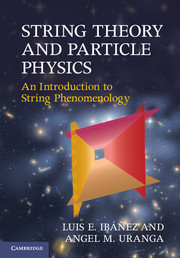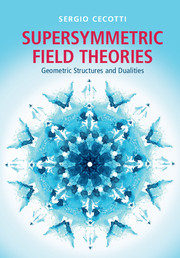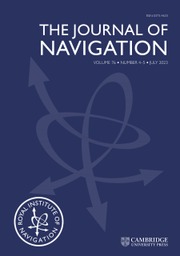String Theory and Particle Physics
String theory is one of the most active branches of theoretical physics and has the potential to provide a unified description of all known particles and interactions. This book is a systematic introduction to the subject, focused on the detailed description of how string theory is connected to the real world of particle physics. Aimed at graduate students and researchers working in high energy physics, it provides explicit models of physics beyond the Standard Model. No prior knowledge of string theory is required as all necessary material is provided in the introductory chapters. The book provides particle phenomenologists with the information needed to understand string theory model building and describes in detail several alternative approaches to model building, such as heterotic string compactifications, intersecting D-brane models, D-branes at singularities and F-theory.
- Provides a bridge between particle physics and string theory
- Introduces concepts beyond the standard model of particle physics, including unification, supersymmetry and extra dimensions
- Mathematical complexities are kept to a minimum and no previous knowledge of string theory is assumed
Reviews & endorsements
'This is the first fully modern treatment of string compactifications, written by two of the masters of the subject. It provides an excellent general introduction to string theory, and in-depth coverage of both the latest developments (including detailed pedagogical discussions of frontier topics like flux compactifications and D-brane instanton effects), as well as more traditional subjects (such as model-building with heterotic strings). It will be invaluable as a textbook for curious students, and a reference volume of lasting value for experts working in the field. If, as many of us hope, the LHC era reveals new clues linking particle physics to string-scale physics, acquaintance with the material in this volume may well provide crucial tools for exploring and exploiting those links.' Shamit Kachru, Stanford University and SLAC
'A clear exposition of the main ideas and ingredients necessary to connect string theory to the real world. An essential toolkit for the string theory model builder.' Juan Maldacena, Institute for Advanced Study, Princeton
'… a unique and long awaited book written by two of the leading figures in the field … This is the first book that is devoted to summarise the research that has been performed during the past 25 years on the effort to extract physical implications of string theory … The authors have managed to find an excellent balance between the rigour of the content while at the same time making it pedagogical enough to be followed by a wide audience. It will provide invaluable and comprehensive material for graduate students entering the field, for non-string theorists who want to expand their research projects but also as the best authoritative source of information for active string theorists. This will be the standard reference on this active field for years to come.' Fernando Quevedo, Professor of Theoretical Physics, DAMTP, University of Cambridge and Director ICTP, Trieste
'The scope of this book is impressive, covering all the major developments in the construction of compactified string theories. As an introduction to string theory it is excellent and, as a tool for constructing realistic models, unmatched. Essential reading for all those wishing to study string theory in depth and an invaluable reference for those already expert in the field.' Graham Ross, University of Oxford
'… an excellent text. It is also a useful resource for experienced researchers, since much of the material, otherwise difficult to obtain (or even to read), has been curated in a pedagogically sound and clear fashion.' Physics Today
Product details
February 2012Hardback
9780521517522
688 pages
249 × 175 × 36 mm
1.48kg
109 b/w illus. 64 tables
Available
Table of Contents
- Preface
- 1. The standard model and beyond
- 2. Supersymmetry
- 3. Introduction to string theory: the bosonic string
- 4. Superstrings
- 5. Toroidal compactification of superstrings
- 6. Branes and string duality
- 7. Calabi–Yau compactifications of heterotic superstrings
- 8. Heterotic string orbifolds and other exact CFT constructions
- 9. Heterotic string compactifications: effective action
- 10. Type IIA orientifold compactifications: intersecting brane worlds
- 11. Type IIB orientifold compactifications
- 12. Type II compactifications: effective action
- 13. String instantons and effective field theory
- 14. Flux compactifications and moduli stabilization
- 15. Moduli stabilization and supersymmetry breaking in string theory
- 16. Further phenomenological properties. Strings and cosmology
- 17. The space of string vacua
- Appendices
- Index.







